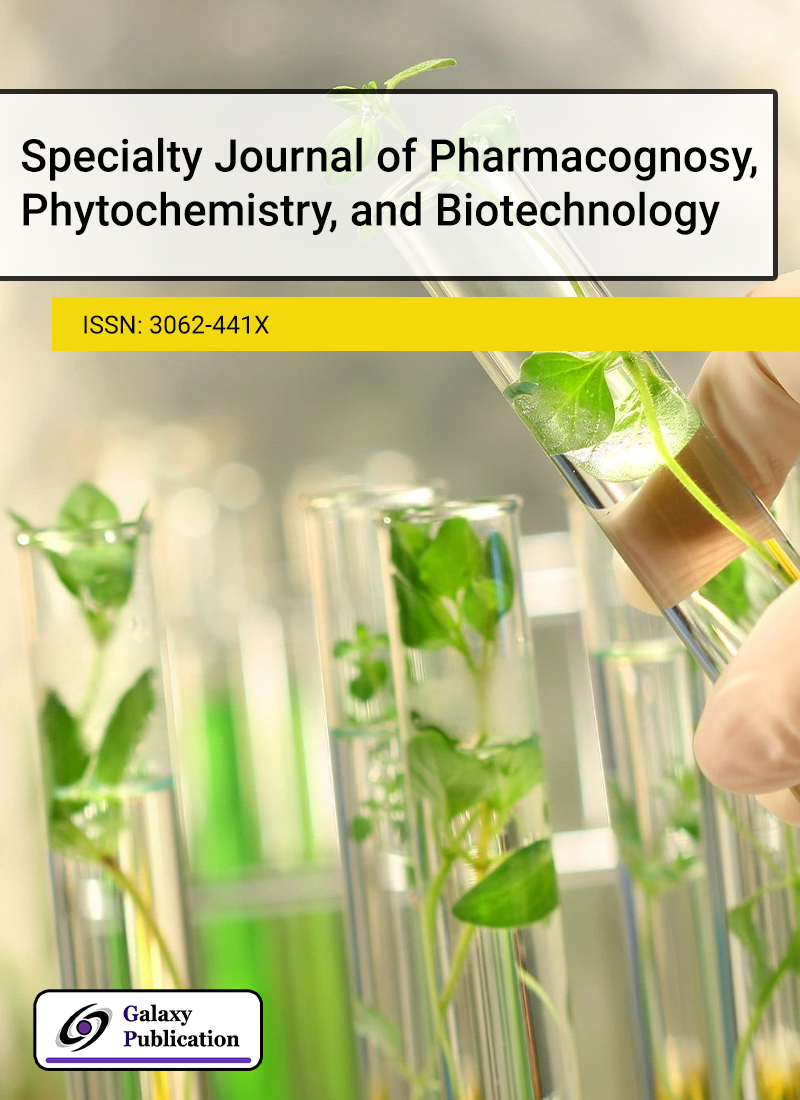
In this study, isoforms of NPC-Fe(III) complexes were extracted and purified from Helianthus tuberosus (Armenian Jerusalem artichoke), Solanum tuberosum (potato), and Daucus sativus (carrot). For the 1st time, the physicochemical properties of these complexes were determined, including their specific content, O₂⁻-producing activity, steady-state concentration of O₂⁻, and fluorescence intensity. These complexes exhibited peak optical absorbance in both the visible and UV spectra. Hybrid complexes between the isolated NPC-Fe(III) complexes and NADPH oxidase (Nox) were generated, with subsequent observation of O₂⁻ production by these hybrid complexes. Under aerobic conditions, the complexes continually produced O₂⁻ by transferring electrons from NPC to Fe(III), which then reduced O₂ to O₂⁻. Finally, O₂ stabilized the O₂⁻. Overall, the findings suggest that these isoforms of NPC-Fe(III) complexes represent novel prooxidant components from the studied plants, with NPC acting as a bioelectric source for the generation of O₂⁻.